Both Acacia and Teak are considered as exotic varieties of hardwood. They are commonly used for making flooring, fixtures and furniture. With just one look, these two woods look similar. Sadly, it has become a practice among some to sell Acacia wood, saying that it is Teak, for a cheap price. They may be used interchangeably, though there are some notable differences in terms of durability, aesthetics, and price.
When it comes to considering which one is best for outdoor furniture, Acacia wood vs Teak, let us consider some factors that clearly define them apart, and make a reasonable conclusion later on.
Factor 1 – Geography
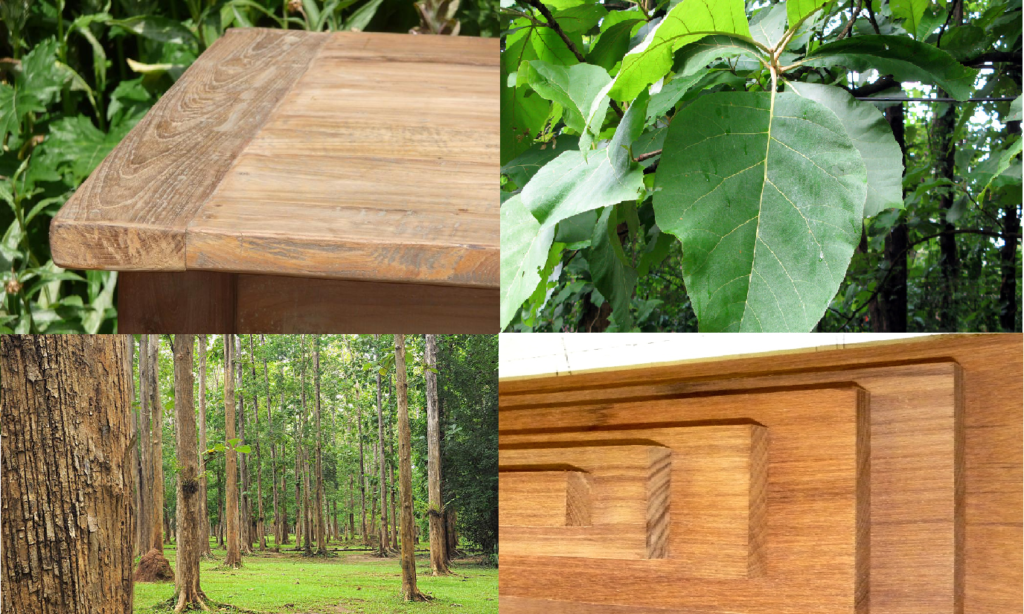
Acacia
This bushy tree is dominantly seen in the Indian subcontinent. In fact, you can easily find these trees growing in many locations in India, but not in the Northeast and Northernmost regions. It also grows in certain countries in Africa, such as Egypt, Sudan and Saudi Arabia.
Teak
Teak, on the other hand, traces its origins from the modern-day Myanmar (previously, Burma). In fact, Myanmar served as the only country that offers a good supply of Teak. However, because of over exploitation, the resources decreased until this variety of tree became endangered and scarce. These days, cultivation and harvesting of Teak is ongoing, but controlled.
Factor 2 – Natural Characteristics
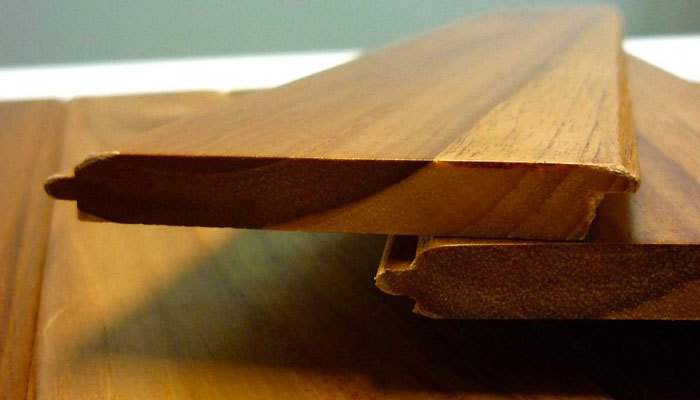
Acacia
Acacia is categorized as a hardwood. It is dense and heavy, with an elegant appearance. The grain pattern of Acacia may be straight or wavy. It features a pale sapwood, and a heartwood that is reddish-brown. It also characterizes a more striking pattern of wood grain. With Acacia, there is a need to apply finish, giving wood the protection needed against weather and insect attacks.
Teak
Teak is generally more minimal, with a lighter and more subtle shade. The same is similar to its grain pattern. Teak wood is also significantly more durable compared to Acacia wood. Still, there is no need to underestimate the beauty of furniture made with Acacia, since it also produces long-lasting projects. Unlike Acacia, Teak does not need finishing because it has the capability to produce natural oils which work in protecting the wood.
Factor 3 – Durability and Strength
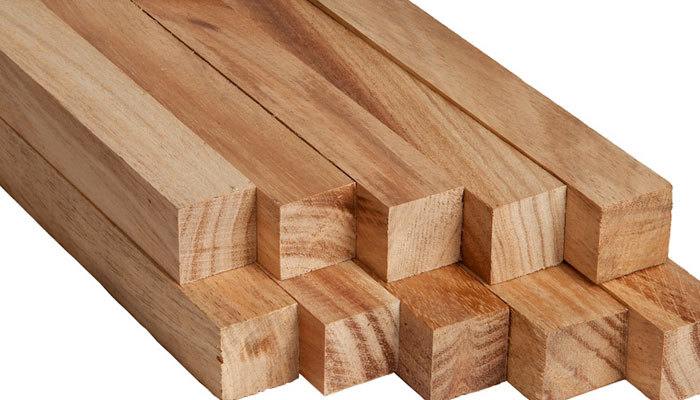
Acacia and Teak are considered as very durable woods, dense and heavy, with similar values of hardness. The hardness of Acacia wood in Janka scale ranges from 1,100 to 4,270. Teak, on the other hand, features a hardness of 2,330 in the Janka scale. This means that you have a better range of options with Acacia, since you can get Acacia that is on the softer side, or get one that is harder, or with an equal hardness with that of Teak.
The obvious similarity with the durability and strength of both wood makes it easier to pass one with the other. However, if you are very particular, you can make sure to distinguish the two wood types first before purchasing.
Factor 4 – Distinguishing the Difference
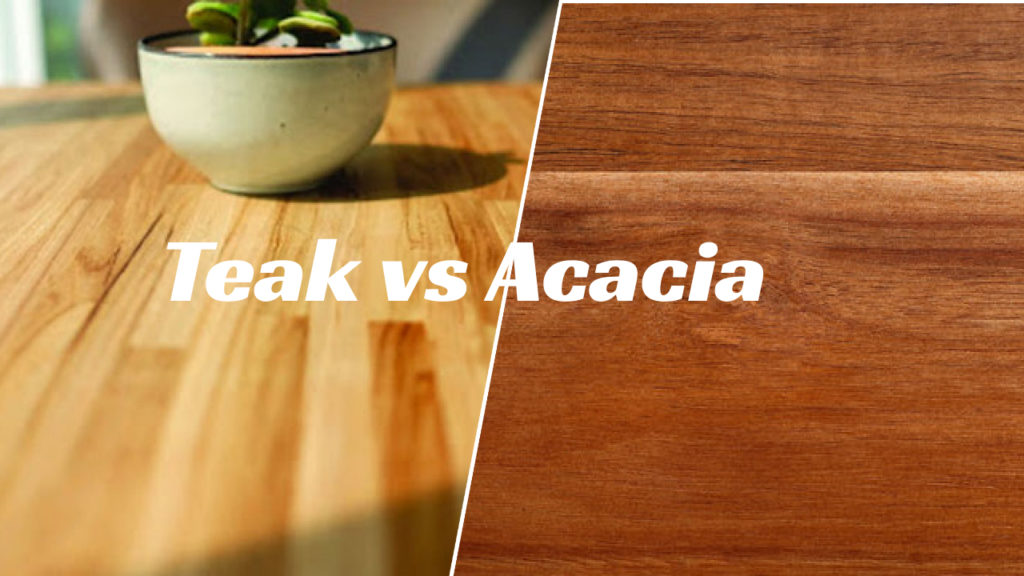
To avoid confusing Acacia as Teak, which is a common scenario, and ending up paying for the higher priced variety, knowing how distinguish the difference is useful and can protect you from being cheated easily.
Smell
Teak produces a unique, resinous, pungent smell that is similar to leather. While it may be challenging to describe this pungent smell, but it makes Teak easy to identify and remember through time.
Color
The heartwood of a Teak tree is either dark or golden brown. On the other hand, it has a lighter sapwood. It would help if you ask which portion of the tree has been cut for harvesting so that you can compare it with the rest of the information provided in this article. Some sellers apply wood stain to hide the real color. You may also want to ask if the wood is stained, since there is no need to stain teak wood. If stain is applied, most likely it is Acacia.
Pattern of Grain
With Teak, it is easy to see a straight pattern of grain, with few knots visible. The straight-line pattern is both dark and light brown. Even though there are some waviness when the wood is cut in various ways, you may need to be careful if the pattern of wood is overly wavy.
Resistance to Water
Teak features a high percentage of natural oils, making it water resistant. The water resistance of wood may be tested by putting a single drop of water on the wood surface. Teak wood will not quickly absorb the water, thus exhibiting resistance to water. Other varieties of wood will absorb water quicker than Teak.
Other Characteristics
There are other parameters that also need to be taken into consideration. There may be a need to check on specific variables, such as the dried weight, hardness, shrinkage percentage, density, and others.
Also, Acacia trees are generally smaller compared to Teak trees, most likely described as tall bushes. Teak trees, on the other hand, grow tall, even reaching up to 150 feet. Thus, if you see some huge wooden plants cut from big logs of Teak trees, then you can be sure that you are paying for real Teak wood. Making sure that you are using the type of wood that you prefer will make sure that you get the output that you are looking for.
Conclusion
Both Acacia and Teak are materials that are popularly used making outdoor furniture. Either wood will allow you to experience satisfaction with the output you are trying to produce. Acacia is known for its durability, and as such, is known for making quality outdoor furniture at prices that are generally lower than other wood options. On the other hand, Teak is usually used in higher-end outdoor furniture. They usually come at a higher price than Acacia. Generally, in terms of suitability, Teak is more suited for outdoor use, while Acacia is perfect for indoor use. Considering the factors mentioned above, you can make a good decision which wood to use for your next outdoor furniture project – Acacia wood vs Teak.
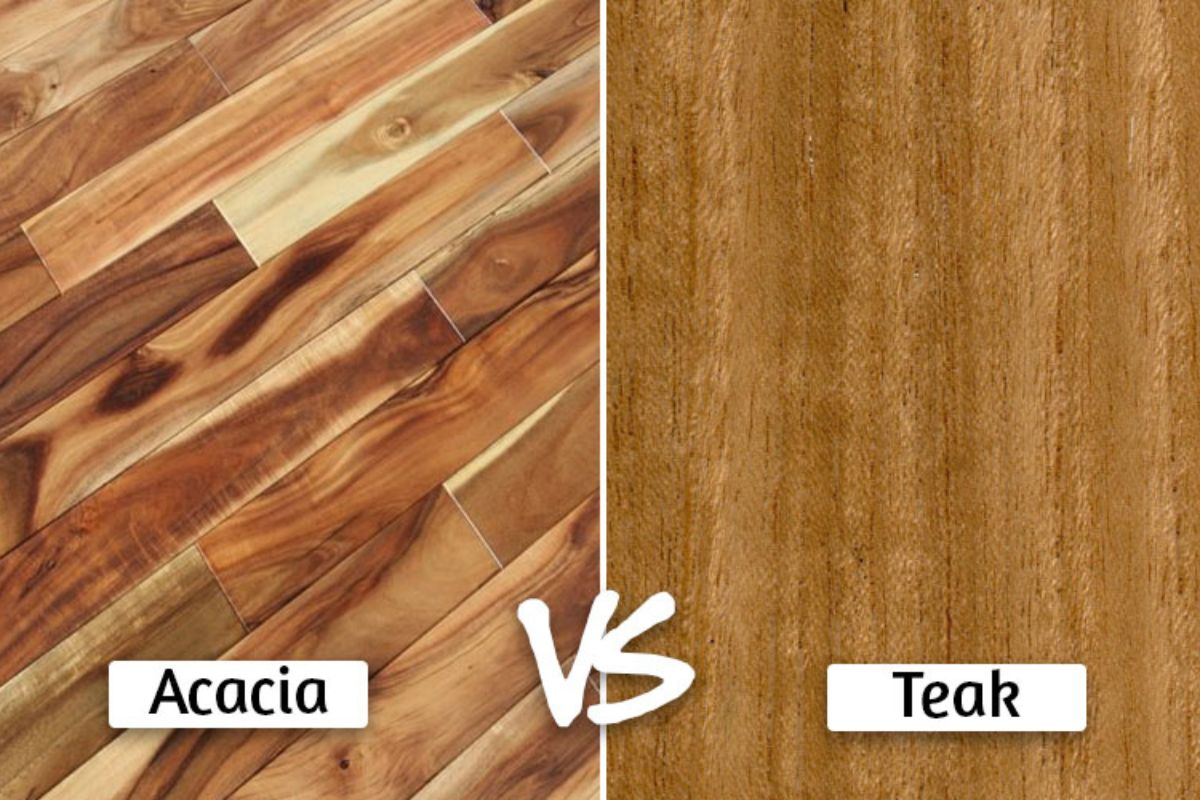
Leave a Reply